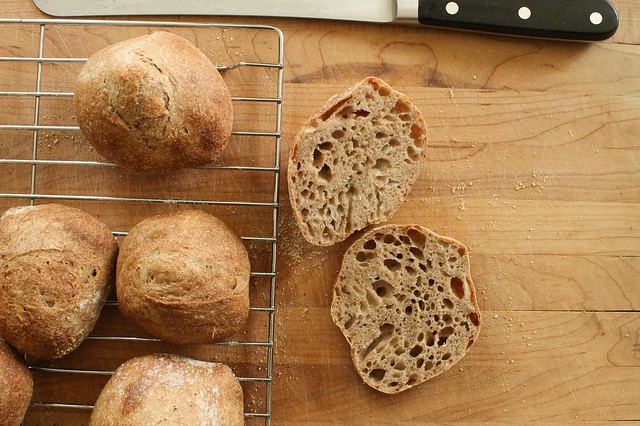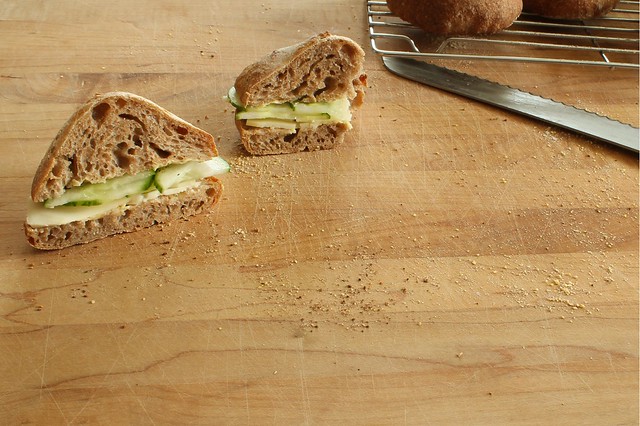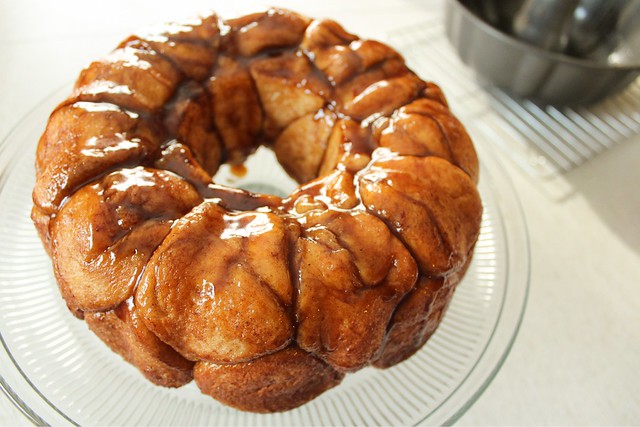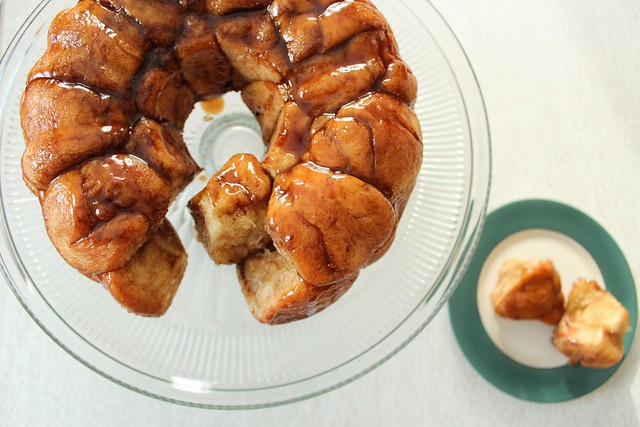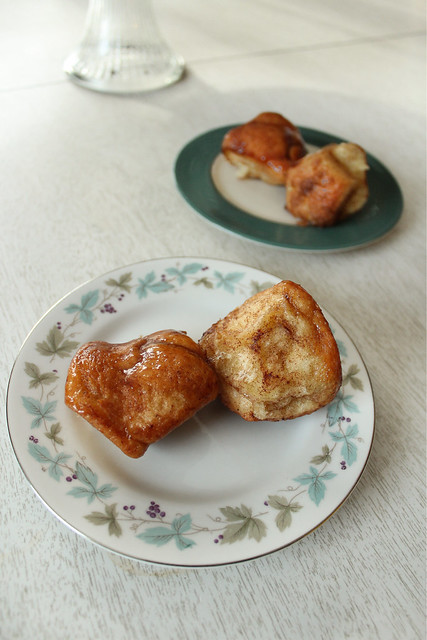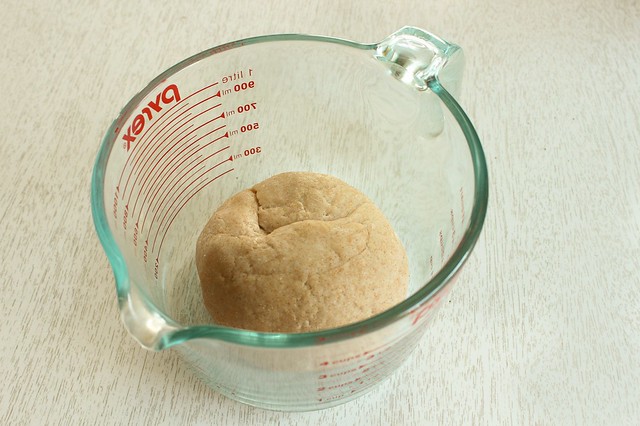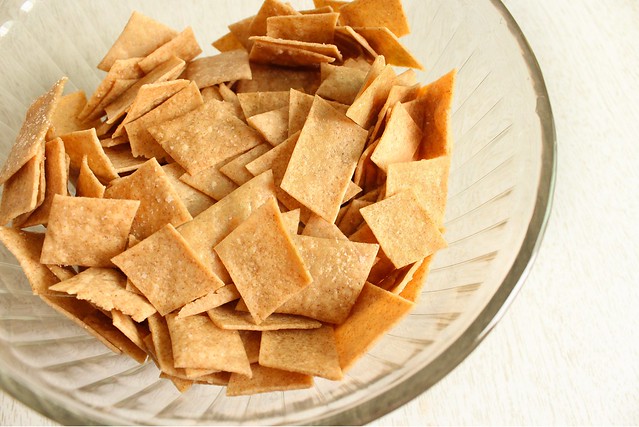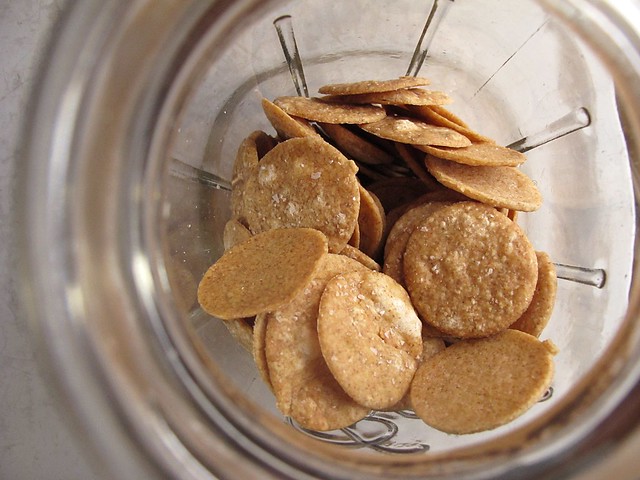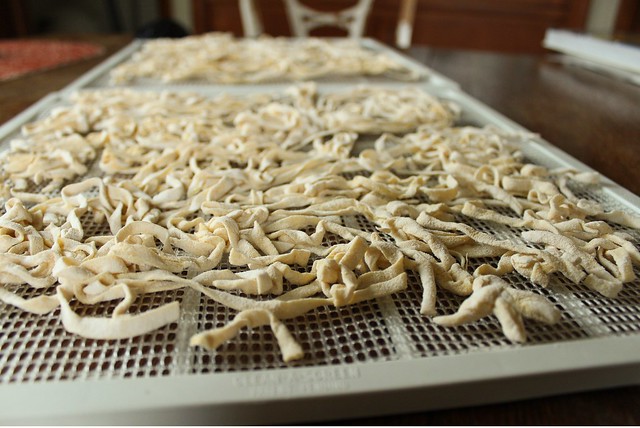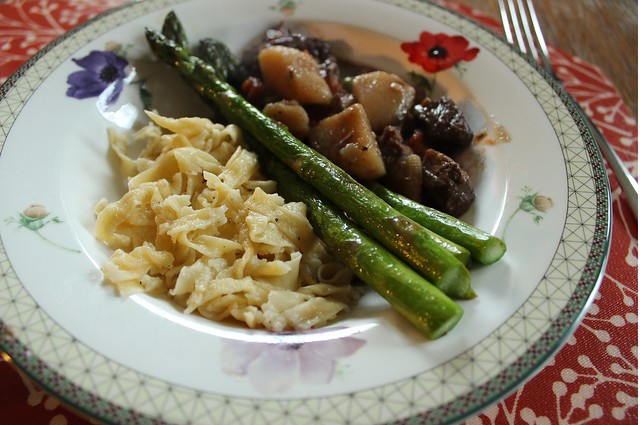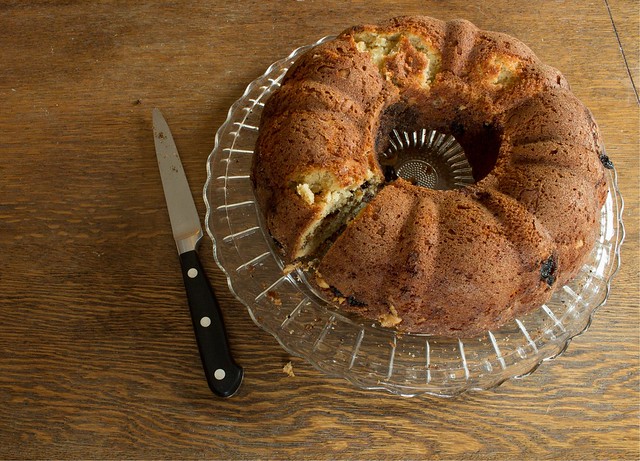So it's been a few months since I made time for the Sourdough Surprises baking group but it's not because I didn't want to do it. Time seems to be going even faster now that the weather has turned for the warmer, and just yesterday I realized that it was close to the 20th and that I had just happened to bake my rolls in the morning. Technically the challenge was for a sandwich bun, and these are bun-shaped so I'm going with it.
I don't usually mess with rolls. I don't know why, maybe because bread lasts longer and stales slower? Because it's less monkeying around? I've been following a few bread boards on Pinterest, and when I saw these, I knew I had to make them. Made of heftier grains and plenty of water, I suspected they would be a good sandwich roll, and I was right. I made just a dozen and only one remains 24 hours later.
After baking, with just enough time for them to come to room temperature, they were actually nice and soft - despite me misting them with water to try and encourage a crustier crust. I used Kosher salt instead of fine salt, and when eaten plain, I would have preferred them a touch saltier. However, made into a sandwich with some type of salty cheese, they were perfect.
After baking, with just enough time for them to come to room temperature, they were actually nice and soft - despite me misting them with water to try and encourage a crustier crust. I used Kosher salt instead of fine salt, and when eaten plain, I would have preferred them a touch saltier. However, made into a sandwich with some type of salty cheese, they were perfect.
Not so creative, but delicious asiago cheese and cucumber sandwich.
They are heartier than most soft buns, but I think when using deeper tasting grains that is acceptable. I'm still using the local Lonesome Stone Milling flours (except for the spelt, which I ground myself from co-op spelt berries), and the taste is so so good. By today, they really had developed some great flavors. In fact, I'm thinking of making them again for tomorrow.
The recipe is incredibly simple: just mix up the dough and autolyse without the salt for 45-60 minutes, then add the salt and give it a few folds at 30 and 60 minutes. Just wait until the next day, let it laze about on the counter for awhile and bake them. I used a baking stone, and shoveled them in using a pizza peel dusted with cornmeal. They are pretty sticky; use a bench scraper to help you cut them and gently form them into rough pieces. The dough was so sticky I had trouble using a lame to slash - resulting in domed tops. By the last pieces, I figured out to use a serrated knife - those rolls baked into a more appropriate shape. Here is the recipe I used, I didn't alter it at all except to make a half batch.
The recipe is incredibly simple: just mix up the dough and autolyse without the salt for 45-60 minutes, then add the salt and give it a few folds at 30 and 60 minutes. Just wait until the next day, let it laze about on the counter for awhile and bake them. I used a baking stone, and shoveled them in using a pizza peel dusted with cornmeal. They are pretty sticky; use a bench scraper to help you cut them and gently form them into rough pieces. The dough was so sticky I had trouble using a lame to slash - resulting in domed tops. By the last pieces, I figured out to use a serrated knife - those rolls baked into a more appropriate shape. Here is the recipe I used, I didn't alter it at all except to make a half batch.
I would like to experiment more with soft buns - and I'm sure the baking group will have lots of inspiration, have a look below! I hope to be more on track for the summer months with Sourdough Surprises participation!

